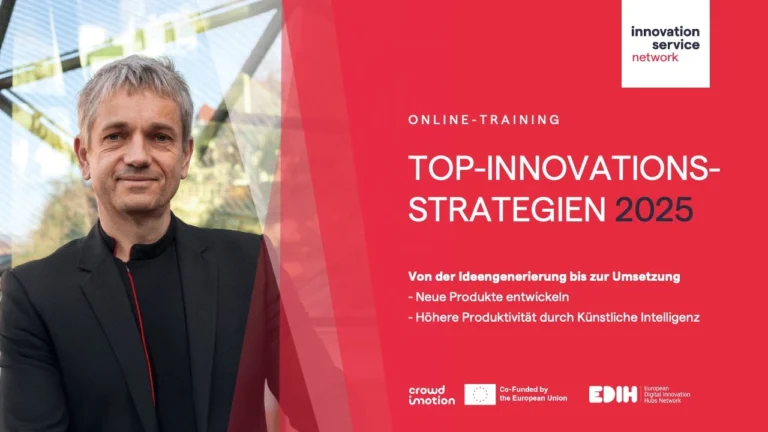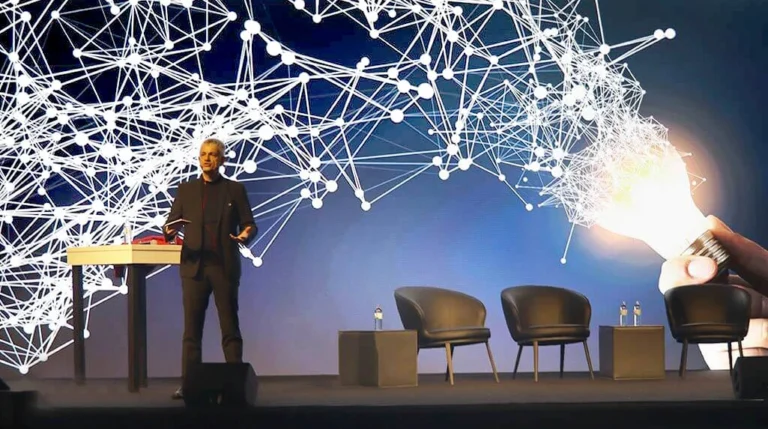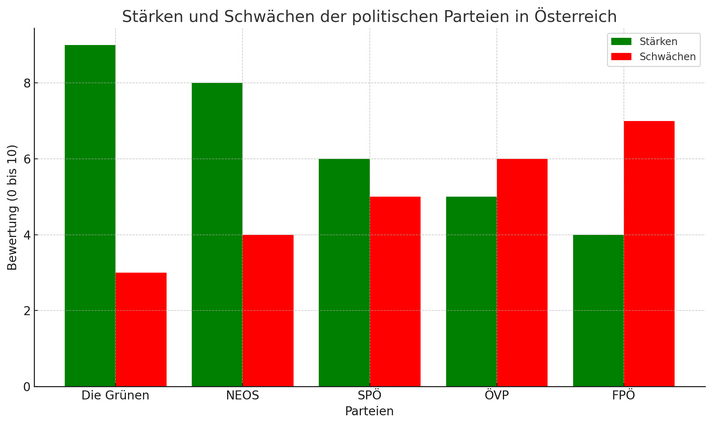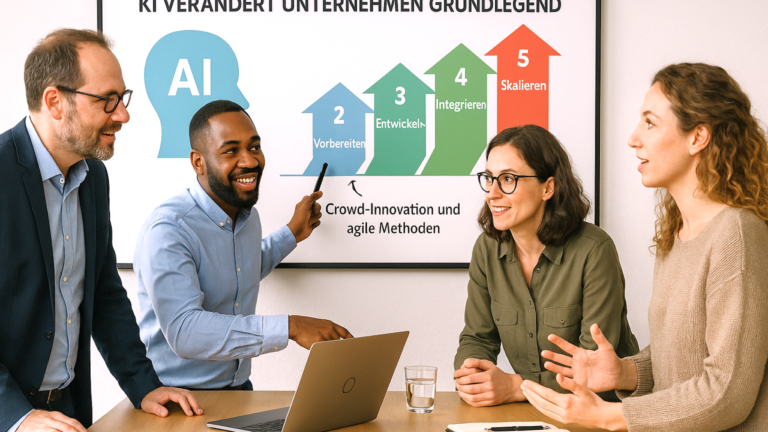

„Innovation, that is the process of finding economic application for the inventions."
Joseph A. Schumpeter
An idea is not yet an innovation, even if it sometimes sounds like one in popular discourse. Many ideas never become innovations because they do not fulfill important characteristics or because the inventor does not have the resources and tenacity to implement them. But what turns ideas into innovations or even groundbreaking innovations? Nowadays, people also like to talk about “disruptive innovations”, meaning innovations that completely undermine an existing solution or business model. Translated with DeepL.com (free version)
On the occasion of the 25th Let's innovate together! newsletter, I would like to say THANK YOU for your loyalty and for the numerous positive feedbacks. Please feel free to recommend the newsletter to others.
If you look back at groundbreaking innovations, you will recognize some characteristics or patterns that repeat themselves. Since I am repeatedly asked what can be done to make the probability of success as predictable as possible, in today's newsletter I will try to describe three important characteristics that are necessary in my experience. I will try to work out these three characteristics using the example of mobile telephony.
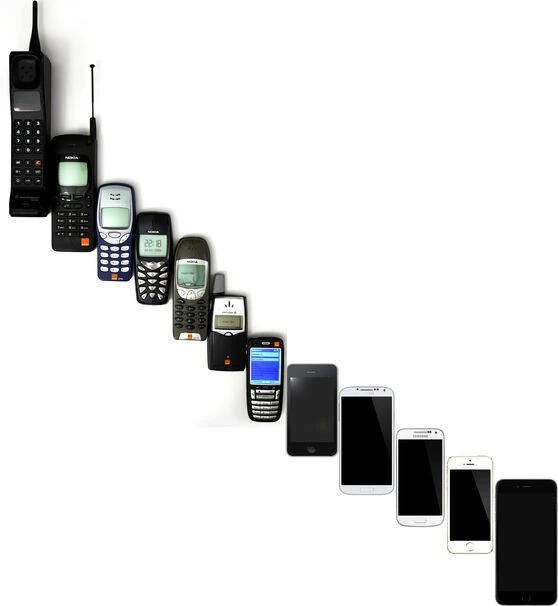
Development of cell phones (1992 to 2014), source: Wikipedia®, Jojhnjoy
I can still remember the first time I saw someone walking along Herrengasse in Graz with a relatively bulky “telephone” attached to their ear. It must have been 1990 and I wondered at the time whether I could use something like that. In 1990, the analog D network was introduced in Austria. At that time, it was not compatible with the German D-network. Some people will still remember the Austrian 0663 numbers. The terminals weighed around 1 kg, had a retractable antenna and you could make calls for up to an hour on battery power. The picture above shows the first example.
I invite you to transfer these 3 characteristics to a successful project of yours or another example and work out the relevant details. I can think of the development of electromobility, where it has at least been possible to establish standardized plug systems.
This analytical approach can be useful for further projects and perhaps individual success patterns in your industry can be identified? For an idea that is to become an innovation with the help of professional innovation management, I recommend continuously evaluating these characteristics along the way and obtaining feedback at an early stage (e.g. via digital tools). Today, digital tools allow us to integrate the user experience into the innovation project at an early stage (an MVP - minimum viable product - is sufficient).
If you take a closer look at the success stories, which are usually told retrospectively without the many pain points along the way, you realize that other aspects were almost always important. Today, we can also incorporate much more information and feedback loops into innovation processes in order to prevent failure and abort them at an early stage. Today's (too) case of an innovation “going through the roof” needs a lot more, but above all “one more thing”, in addition to the three characteristics: a portion of luck ...
I look forward to your feedback and wish you a relaxing, creative and happy Sunday!
Let’s innovate together!
Reinhard Willfort, Innovation Doctor, www.willfort.at
I am happy to provide further support for innovation projects as an innovation doc, sparring partner and co-thinker:
Book your free innovation consultation now!



